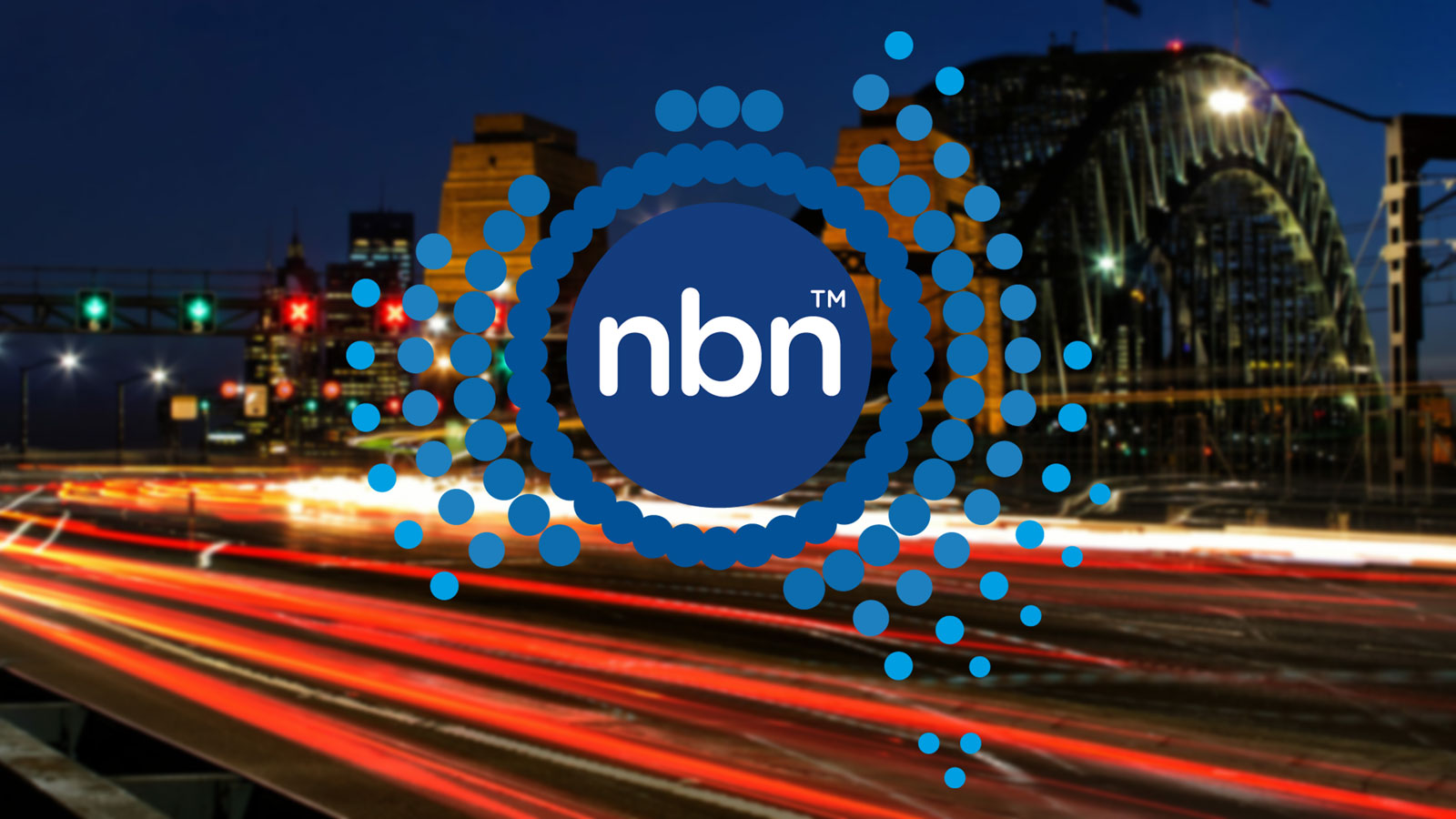NBN typical evening speed explained: what is it and why does it matter?

If you've ever wondered what a "typical evening speed" is when looking for the best internet plans, you're not alone — and we're here to explain everything you need to know.
Whether you're looking for the best NBN plans or a 5G home internet plan, you'll be presented with a typical evening speed figure for each speed tier on offer.
The typical evening speed figure is separate from the one reflected by the NBN speed tier you’re looking at — such as NBN 100, with a theoretical maximum download speed of 100Mbps — and is there to give you a clearer indication of how fast you can expect your connection to be during peak periods.
What does typical evening speed mean?
Why you can trust Tom's Guide
The typical evening speed figure refers to the realistic download speed you can expect from your NBN connection during the typical busy evening hours of 7pm – 11pm. This four hour window has long been identified as the period within which the majority of users are using the internet.
Because of the increase in user traffic, your network connection may experience some congestion which can result in slower speed. Some NBN providers are able to deliver the full speed of whichever NBN plan you’re on, while some others will quote a lower typical evening speed compared to the speed you can achieve during off-peak hours.
Why does typical evening speed matter?
To be completely honest, the typical evening speed no longer matters as much as it once did. This is because many NBN providers are now able to deliver the full speed of the NBN plan you're signed up to (or come incredibly close to it), despite the increase in user traffic.
However, it is still something worth looking out for, as you may find that one NBN plan delivering the full speed will be more expensive than another that falls just short. In this case, you’ll want to weigh up which is more important to you, outright speed or saving some money.
Are NBN plan speeds guaranteed?
In a word, no. But to help provide greater transparency, the Australian Competition and Consumer Commission (ACCC) publishes a quarterly report revealing the performance of the major telcos in Australia.
The ACCC’s most recent report, published in September 2025, had a dedicated section to show how well various telcos performed during the busy hours of 7pm - 11pm.
The ACCC found that one of the 'big 3' telcos, Telstra performed the best in the observed period, achieving an average of 104.6% of its advertised download speeds during busy hours. This decreased to 105.3% across all hours. These figures indicate that Optus customers experienced download speeds faster than those advertised during peak periods.
Similarly, Optus performed well in the same period, averaging 102.8% of advertised speeds during busy hours and 103.6% across all hours.
In terms of smaller ISPs, Superloop recorded an average of 103.2% of its advertised plan download speeds during all hours. Exetel also performed well in the same report, averaging 105.1% across all hours.
These figures indicate that you could actually achieve greater evening speeds than those advertised on your plan, but in most cases, telcos fall slightly short.
The ACCC’s report also found that all other ISPs that were monitored fell short of delivering their advertised download speeds during the busy hours, with the 'worst' performing being iiNet at 99.2%.
However, while this may not quite be 100%, you may not even notice a difference in the real world. 96% of the supposed 50Mbps download speed of an NBN 50 plan, for example, would be 48Mbps. The likelihood of you missing just 2Mbps is going to be slim.
But if you're an avid gamer who downloads multiple large game files, for example, then you're going to want the fastest possible speeds that fit within your budget. In this instance, you would likely want to seek out an NBN provider that advertises the maximum speeds of your plan during the busy evening hours.
What if the typical evening speed isn’t advertised?

All NBN providers are required to publish typical evening speed figures. If you don’t see one next to a particular NBN speed tier, then it is likely because the ISP doesn’t yet have enough data to formulate an answer.
You may be able to use published information for other speed tiers as an indicator of what to expect. It’s worth noting that with this particular example, no telco currently delivers the full 1,000Mbps speed. Flip is currently the best provider on this tier, with a claimed 900Mbps download speed.
You also won't see a typical evening speed figure for wireless internet plans, as the ACCC has determined that telcos don't legally have to publish them.
Which NBN providers have the best evening speeds?
We've only been able to pick out four providers that consistently advertise maximum typical evening speeds: Telstra, Optus, Spintel and Superloop. Other providers may advertise the maximum on NBN 50 plans, but fall short of the max on NBN 100 plans, for example.
Currently, no provider quotes theoretical maximum speeds on the NBN 750, NBN 1000 and NBN 2000 tiers.
Get instant access to breaking news, the hottest reviews, great deals and helpful tips.

Lucy Scotting is a digital content writer for Tom’s Guide in Australia, primarily covering NBN and internet-related news. Lucy started her career writing for HR and staffing industry publications, with articles covering emerging tech, business and finance. In her spare time, Lucy can be found watching sci-fi movies, working on her dystopian fiction novel or hanging out with her dog, Fletcher.
